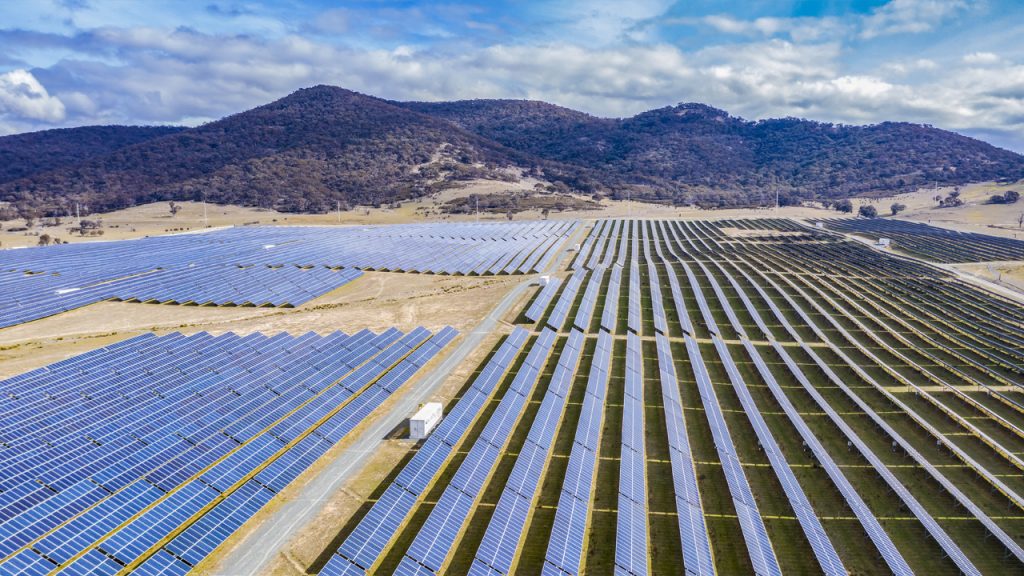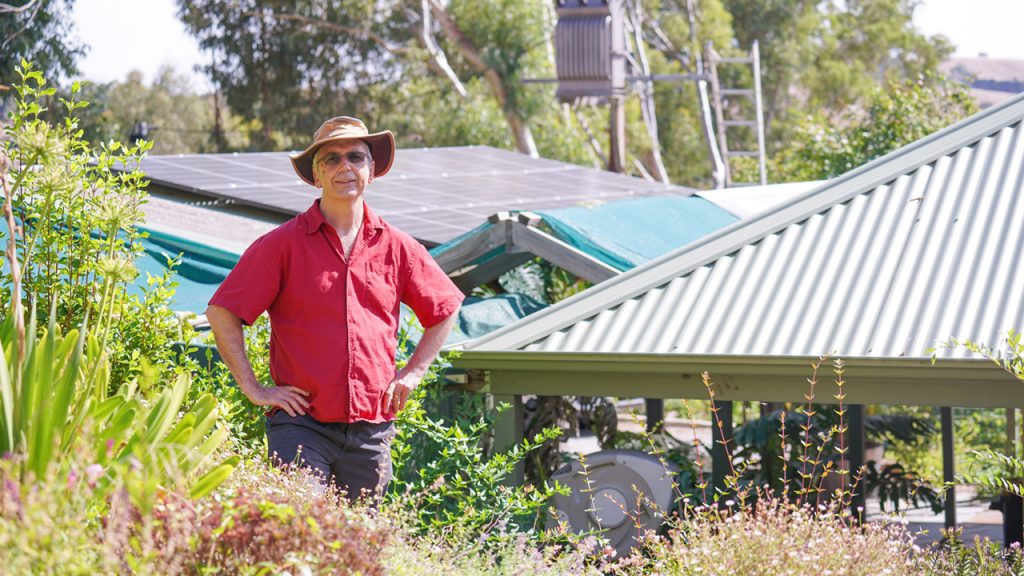‘Transformation’, like its partner ‘transition’, is an overused term in the energy industry. With that overuse comes the risk of thinking that there’s only one large-scale transformation at work and that everyone has a consistent view of what it is.
While there’s huge interest and activity around the necessary transition from fossil fuel technology to renewable energy generation, under the surface of that highly-topical public debate there is another, equally powerful, change taking place. That’s why, at Energy Consumers Australia, we talk about “the two transitions”.
Understanding the nature of these transitions (and how they are linked) is critical to the successful management of both. Making sure the voices of consumers are heard and listened to will be a key driver of success across both of these complex processes.
So what do we mean when we talk about the two transformations?
The First Transformation: a cleaner energy system
The energy system is decarbonising. Fossil fuel generation, which has long provided most of our electricity, is gradually being replaced with renewable energy. This ‘big picture’ transformation comes with a suite of issues about how we continue to provide a reliable and secure supply of electricity when the primary generation fleet is based on wind and solar, with its variable supply.
Many issues stem from this: How much storage (or other technologies) will be needed to offset the intermittent nature of renewables? How will system-supporting services until now provided by fossil fuel generators be provided in future? How much investment will be needed in new transmission or generation infrastructure (and how do we avoid investing more than we need?).

This is the energy transformation we often see in the daily headlines, and for good reason – managing this transition smoothly is important because people want to be able to switch the lights on and use their air conditioner on 40-degree days.
But as these macro or ‘top down’ changes occur, another revolution is also occurring from the bottom up - driven by millions of Australian households and businesses.
The Second Transition: A people’s revolution
We know that consumers are changing the way that they use and engage with energy. We see this in the growth of distributed energy resources - such as rooftop solar PV, home battery storage, electric vehicles and solar hot water systems - and how this technology is creating new relationships, new possibilities and new challenges.
This transformation goes beyond shiny solar panels on the roof or an electric vehicle in the garage. Consumers are fundamentally changing the way that they use energy. When people put solar on their roof, they usually say they're doing it either for financial reasons or for environmental reasons. Either way, they want greater control over their energy.
We’ve seen before that a change in consumer behaviour can drive a shock to the broader system in terms of the demand and supply for energy. A decade ago it was the rapid uptake of air conditioners, unexpectedly driving up peak demand on hot days. This led to overinvestment in networks in a bid to meet that peak demand, resulting in capacity that’s hardly ever used but consumers are still paying for.
More recently, the high uptake of solar PV has created unforeseen pressures on a system that was not designed to handle large amounts of electricity flowing both to and from individual consumers. As energy system leaders and thinkers we need to make sure we don’t make the same mistake again by failing to plan properly and consider not only the system impacts, but the costs and implications of the wrong response.
It isn’t easy. Consumers are becoming increasingly diverse in the way that they use and engage with energy (and therefore less predictable). Each household has its own unique profile of how it uses energy, and what's important to them in terms of how they're using the energy. Not everyone is able to install solar and batteries. We need to take into account this diversity when planning the system of the future.

Putting the pieces together
Changes in social practice, brought about by adoption of new technologies and responding to crises such as COVID-19 and bushfires, make energy use less predictable, but they also offer opportunities for consumers to engage with energy in different ways. This means our strategy for building a system that meets consumers’ needs must adapt.
The energy industry currently sees both transitions as potential threats to a stable, secure and reliable system. This leads them to treat the two transitions in a similar way – as a problem to be managed – forgetting that in between the rooftop PV and batteries is a customer who invested in those assets so they could power their homes in the way that they choose. The resources these consumers have added can – with appropriate consideration, reward and the securing of social licence – be a substantial contributor to lessening the need for some of the costly transmission or generation that is currently being considered by governments and others. If we fail to consider and harness the second transition we risk overinvesting to address the first transition. All customers will end up paying more for their energy as a result.
We need to be thinking about the two transitions more holistically to prevent these mistakes being made. Technology and consumer behaviour are both constantly evolving. Our redesigned energy system has to be flexible and resilient enough to handle these changes.
This means building into our policy development a better understanding of consumer needs and preferences. Not all consumers are able, willing or motivated to use their energy in a way that best suits the system – nor should they be expected to be. For consumers to use their energy assets in a way that supports the system requires taking customers on the journey and providing rewards that are meaningful to them. This may be through financial means, but it could also be through a sense of community or doing the right thing.
It also means making sure that people who aren’t able to install solar panels or buy a Tesla aren’t punished or left behind.
Keeping both balls in the air
While the two transitions are linked, they should not be treated the same way. And while consumers can help provide solutions to the first transition, we need to recognise that behind the energy assets of the second transition are everyday people – not commercial investors.
Investors enter the energy market in full knowledge that they are part of a system and subject to the complex rules and regulations governing energy markets. In contrast, households and small businesses invest in solar PV primarily for their own reasons and benefit, to self-consume their energy and in doing so reduce their costs and their impact on the environment. When trying to mitigate any negative impacts from DER on the system, policy makers must remember that from consumers’ perspectives, these assets are not “part of the energy system” but part of their homes and businesses.
It’s therefore critical that policy makers and stakeholders across the sector incorporate a better understanding of consumer motivations and behaviour to successfully manage the two transformations, including through research such as Digital Energy Futures which aims to understand how digital lifestyle trends will impact future household electricity demand. We all need to recognise and remember that people have different practices and needs when it comes to energy. Small businesses aren’t all the same and households aren’t either – they can have very different needs depending on the nature of the business and the makeup of who's in the house.
The system needs to take account of that diversity if we are going to come up with a way to keep prices as low as possible for consumers by encouraging them to use their solar PV and batteries in a way that benefits the whole system. We need to break down the barriers so consumers can engage more effectively than they have to date, if they want to. People have to be motivated to engage, they have to be able to engage and capable of understanding how to engage.
This means ensuring that our new system design is simple, resilient and accessible, bringing consumers along as our dual transformations proceed.
